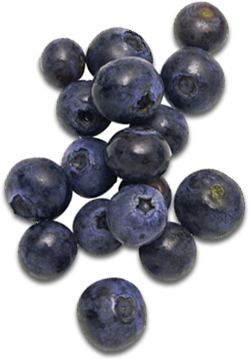no items to display
Make the Shift to a More Plant-Based Diet
You may have heard this simple dietary advice from famed author Michael Pollan: “Eat food. Not too much. Mostly plants.”
Sure enough, studies show that a plant-based diet reduces the risk of heart disease, diabetes, and some cancers— most notably colon cancer. A 2013 study of over 70,000 Seventh-Day Adventists, who are encouraged to eat a whole food, vegetarian diet, found that those who followed the church’s advice to eschew meat were less likely to die of any cause than the meat-eaters.[1]
But what if you really like meat? The good news is you don’t need to make a stark either/or choice. According to an article by The Washington Post, the flexitarian diet, which includes meat, just not much of it, also offers significant health benefits. Most notably, centering plant foods with judicious servings of meat, dairy, and eggs can lead to better cardiovascular health. A large-scale study by the American Heart Society found that a flexitarian diet consisting of 70 percent plant-based foods reduced the risk of dying from heart disease or stroke by an impressive 20 percent.[2]
This is largely because fruits and vegetables are so good for you. According to Sharon Palmer, editor of Environmental Nutrition, “When you base your meals on plant foods, you’re packing your diet with the fiber, vitamins, minerals and healthy fats that most Americans don’t get enough of.”
If you’ve decided you want to eat a more plant-based diet, there are lots of ways to go about it:
1. The simplest way may be to just eat more fruits and vegetables, even if you don’t really cut back on meat. The key step is to include fruits and veggies at every meal and snack. And that includes breakfast! For example, if I’m going to eat yogurt for breakfast, I top it with a cup of fresh strawberries, blueberries, or raspberries. If I’m making scrambled eggs, I throw in some frozen spinach.
2. Another step you can take is to de-center meat. For example, make vegetables the stars of your stir-fry, even if you do include some beef or shrimp in it. The key to making this work is using the right spices. My secret is gourmet flavored cooking salts, a mixture of salt and spice, which are an easy way to add loads of flavor. I love these flavored finishing salts, especially the chipotle, black garlic, and coconut-lime flavors!
3. Think about the kinds of meat you’re eating. The basic tenet here is that your meats should be whole just like the rest of your food. So keep the chicken breasts, New York steak, pork chops, and lamb kabobs if you love them. But cut out the processed stuff — hot dogs, sausages, bacon, and lunch meat.
4. Eat more fatty fish like salmon, which is high in healthy omega-3 fatty acids. An interesting finding of the study of Seventh Day Adventists cited above was that the pesco-vegetarians, those who ate a vegetarian diet plus fish, had an even lower rate of mortality from all causes than the vegans.
5. Some people take semi-vegetarian literally, with the institution of Meatless Mondays. (Yes, it’s as simple as it sounds. Go meatless one day a week.) Another semi-veggie system is called VB6, or Vegan Before 6 p.m., in which you eat no meat, fish, dairy or eggs for breakfast or lunch, but include them at dinner.
Have you tried including more fruits and vegetables in your diet? What are your tricks?
References
[1] Orlich MJ, et al. Vegetarian dietary patterns and mortality in Adventist Health Study 2. JAMA Intern Med. 2013 Jul 8;173(13):1230-8.
[2] Semi-veggie diet effective lowers heart disease, stroke risk. American Heart Association. 2015 Mar 15. https://www.sciencedaily.com/releases/2015/03/150305110433.htm






